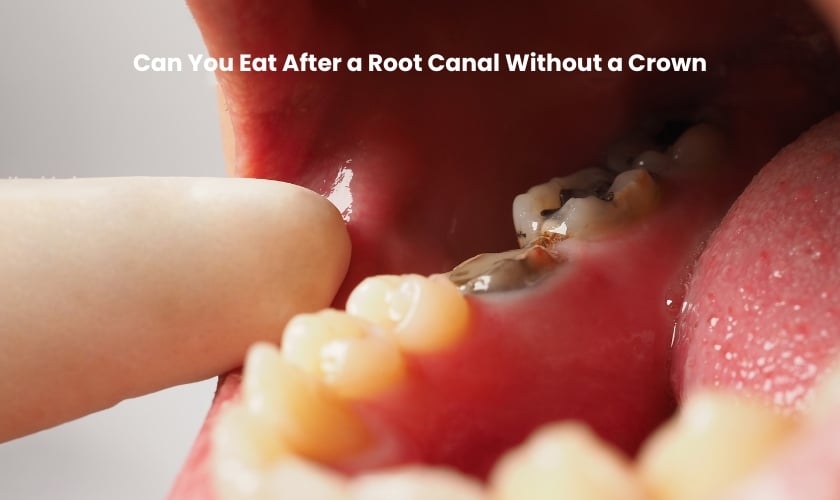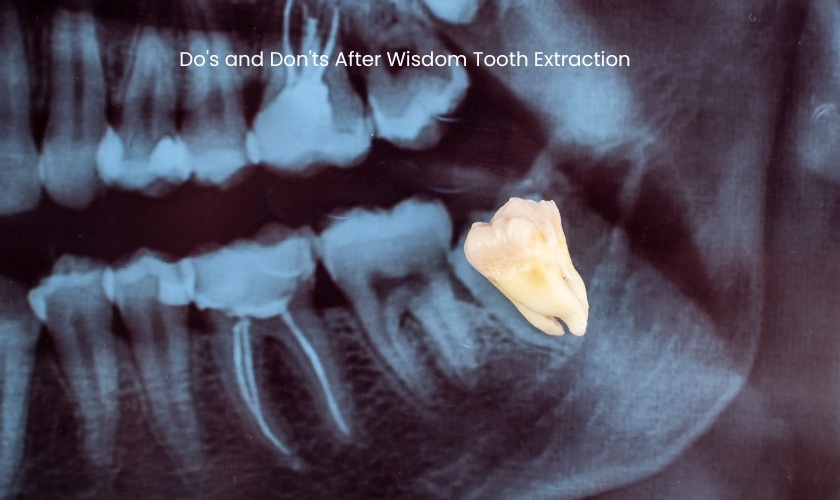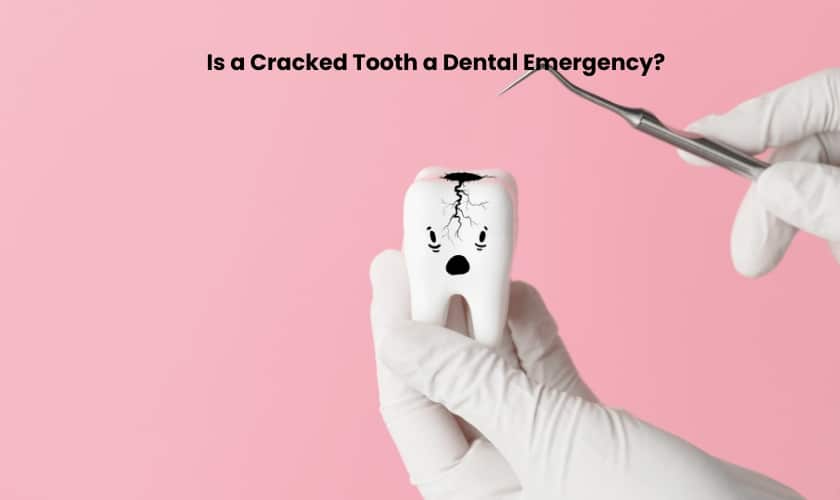
Can You Eat After a Root Canal Without Crown
Toothaches are no fun, and an infected or abscessed tooth can be downright debilitating. Thankfully, modern dentistry offers solutions like root canals to save these teeth and restore your smile. But what about eating after a root canal procedure, particularly if you haven’t gotten a permanent crown placed yet? Can you comfortably enjoy your favorite meals, or is a soft food diet mandatory?
This blog post from Inland Choice Dental, your trusted dentist in Riverside, California, will answer all your questions about eating after a root canal without a crown. We’ll delve into the role of crowns, explore suitable food options, and highlight what to avoid for a smooth recovery.
Understanding Root Canal Treatment
A root canal is a dental procedure that removes infected pulp and nerve tissue from the inside of a tooth. This infected pulp can cause significant pain and discomfort, and if left untreated, can lead to an abscess (a pus-filled pocket) at the root of the tooth.
During the root canal procedure, the dentist numbs the area around the tooth, creates an opening in the top, and removes the infected pulp. The canals within the tooth are then cleaned and disinfected. Finally, the dentist fills the canals and seals the tooth with a temporary filling.
The Role of Dental Crowns
Following a root canal, the tooth becomes brittle and susceptible to breakage. This is because the removal of the pulp weakens the tooth structure. To restore strength, function, and aesthetics, a permanent dental crown is typically placed over the treated tooth. However, there can sometimes be a waiting period between the root canal and crown placement.
Can You Eat After a Root Canal Without a Crown?
The good news is that yes, you can eat after a root canal even without a permanent crown. However, it’s crucial to exercise caution and adjust your diet for a few reasons:
- Sensitivity: The treated tooth may be sensitive to pressure and temperature changes following the procedure.
- Temporary Filling: The temporary filling isn’t as strong as a permanent crown and can be dislodged by hard or chewy foods.
- Healing: Your mouth needs time to heal after the root canal, and a soft food diet promotes this process.
Choosing the Right Foods
So, what can you eat after a root canal without a crown? Here’s a list of soft and gentle options that won’t irritate your tooth or damage the temporary filling:
- Soups and broths: Warm and comforting, perfect for a light meal.
- Mashed potatoes: Creamy and easily digestible, a classic comfort food.
- Scrambled eggs: Soft and protein-rich, a great source of essential nutrients.
- Yogurt: Provides calcium and probiotics for a healthy gut. Choose plain yogurt and add flavorings like honey or fruit.
- Oatmeal: A warm and filling breakfast option, packed with fiber and good for digestion.
- Bananas and other ripe fruits: Soft and easy to chew, rich in vitamins and minerals.
- Steamed or roasted vegetables: Opt for well-cooked vegetables like carrots, broccoli, and cauliflower.
- Soft cooked fish and poultry: Choose flaky varieties like salmon or cod, or shred cooked chicken or turkey.
- Refined pasta and rice: Opt for soft, cooked pasta or white rice for easy chewing.
Avoiding Problematic Foods
While you can enjoy many delicious options after a root canal, it’s best to avoid certain foods that could irritate the treated tooth or damage the temporary filling:
- Hard foods: Nuts, seeds, raw vegetables, and hard candies can put pressure on the tooth and potentially crack it.
- Chewy foods: Gummy candies, chewy granola bars, and tough meats require excessive chewing, which can dislodge the temporary filling.
- Sticky foods: Caramel, taffy, and dried fruits can stick to the temporary filling and pull it out.
- Spicy foods: Spicy ingredients can irritate the sensitive tooth after a root canal.
- Hot or cold beverages: Extreme temperatures can cause discomfort in the treated tooth. Let your food and drinks cool slightly before consuming.
Consultation with Inland Choice Dental
While this guide offers valuable insights, individual circumstances may vary, underscoring the importance of personalized dental care. If you have specific concerns or questions about eating after a root canal, don’t hesitate to reach out to the experienced professionals at Inland Choice Dental. Our dedicated team is committed to providing compassionate care and tailored solutions to meet your unique needs.
FAQS
Can I eat immediately after a root canal?
It’s generally advisable to wait until any anesthesia has worn off before consuming food, and opting for soft, easy-to-chew options initially is recommended.
How long should I wait before eating normally post-root canal treatment?
While individual recovery times may vary, most dentists suggest waiting at least 24 to 48 hours before resuming a regular diet, with a gradual transition back to solid foods.
Is it okay to drink hot beverages after a root canal?
It’s best to avoid hot beverages immediately after a root canal, as the treated tooth and surrounding tissues may be sensitive. Opt for lukewarm or cool beverages instead.
Can I brush my teeth after a root canal?
Yes, maintaining good oral hygiene is crucial for promoting healing and preventing infection. However, be gentle around the treated area to avoid discomfort.
When will I get my dental crown after a root canal?
The timing of crown placement may vary depending on factors such as the tooth’s condition and the dentist’s recommendation. Your dental provider will advise you on the appropriate timeline for crown placement to ensure optimal outcomes.



